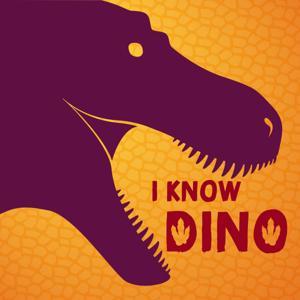An ecosystem can be described as all the interactions that occur between organisms and their physical environment. The processes acting within an ecosystem operate on a wide range of spatial and temporal scales and include both biotic and abiotic factors.
Ecosystem engineers are those species that have a significant impact on the availability of resources to other species and can be responsible for the creation, maintenance, modification or destruction of an ecosystem. The introduction, or even removal, of such a species can have profound effects on both physical and biological elements of an ecosystem.
Whilst we can recognise the impact of ecosystem engineers in modern systems (e.g. the introduction of an invasive species), we don't fully understand what happens when an entirely new ecosystem engineering behaviour evolves. This has undoubtedly happened numerous times throughout geological time with the Great Oxygenation Event and the Cambrian Substrate Revolution being notable examples.
Joining us for this episode is Dr Tom Smith, University of Oxford, who has been using a computational approach to try to model what happens when an ecosystem engineer is introduced into an environment. The open access study is available to read here.



























